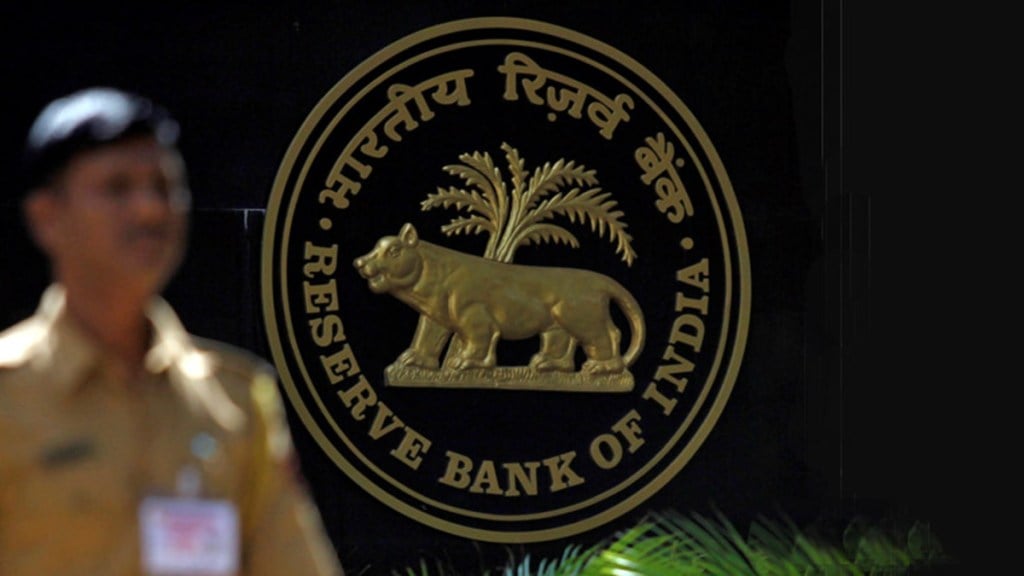A recent RBI report has urged municipal corporations to boost their own sources of revenue through tax reforms, rationalised user charges, and better collection mechanisms. Prasanta Sahu explains the reasons for the fiscal strain and what they can do to strengthen their balance-sheets
Surpluses are with only a few municipal corporations
The Reserve Bank of India (RBI) report which analysed finances of 232 municipal corporations (MC) — that’s 90% of the MCs in the country — from 2019-20 to 2023-24, finds that while the consolidated budgets of the municipalities indicate a surplus on the revenue account, yet these surpluses are concentrated among a few. The top 10 MCs, including those in Maharashtra, Karnataka, and Gujarat, represent over 58% of India’s total municipal revenue receipts. While the surplus fell to Rs 1,034 crore in the pandemic year 2020-21 it was budgeted higher at Rs 20,819 crore in 2023-24. The surplus in 2023-24 was budgeted at above Rs 1,000 crore in states like Maharashtra, Gujarat, Karnataka, Madhya Pradesh, Haryana, and Telangana, led by Maharashtra (Rs 11,104 crore). In contrast, MCs in Tripura, Jharkhand, Himachal Pradesh, Bihar, Chhattisgarh, Jammu and Kashmir, Uttar Pradesh, and Kerala budgeted for a revenue deficit in the range of (-) Rs 2 crore (Tripura) to (-) Rs 789 crore (Kerala) for 2023-24.
Structure of municipal spending
The total expenditure of the MCs increased slightly from 1.2% of GDP in 2019-20 to 1.3% of GDP in 2023-24 (budget estimates). This is much lower than 7.5% in Brazil and 6% in South Africa. Capital expenditure, which comprises investments in long-term assets such as buildings, roads and bridges, rose from 56.1% of total municipal spending in 2019-20 to 61.5% in 2023-24, indicating the growing focus on building public infrastructure in urban India. However, what is concerning is the rising operational costs within revenue expenditures. Establishment expenses — salaries, pensions, and administrative costs — account for over 50% of revenue spending. Salaries, wages, bonus and pension totalled Rs 56,450 crore out of the budgeted establishment expenditure of Rs 69,745 crore for 2023-24.
Revenue sources inadequate
Municipal bodies are responsible for the provision of public services relating to areas like water supply, sanitation, roads, local transportation, health, education, registration of births and deaths, street lighting, public parks and fire services in their jurisdictions. However, limited autonomy to adjust tax rates and user charges, staff shortages and poor coverage lead to poor service delivery, lack of innovation in resource mobilisation, lower tax collection and low credibility. The main sources of revenues are own resources (almost 59% of total revenue receipts), assigned/ shared revenues by the states, Central and State Finance Commission grants and loans. MCs’ revenue receipts are quite modest (0.6% of GDP in FY24) and pale in comparison to those of Central and State governments (9.2% and 14.6%, respectively). Property taxes, a major component of own tax revenue, account for around 16% of total revenue receipts and over 60% of MCs’ own tax revenue.
How states can help
Timely and direct transfers from the state governments to the MCs remain crucial for their financial stability and effective service delivery. As against the Constitutional provision for devolution of all key taxes to urban bodies, only one state has done so while none of the states have devolved of all functions as per the twelfth schedule of the Constitution in practice. The constitution of state finance commissions (SFCs) by state governments, however, remains ad hoc. Only ten states have constituted SFCs, that too largely for namesake, as the 15th Finance Commission has linked it to the release of grants. The RBI report said state-specific strategies are needed to strengthen municipalities’ revenues and finances and achieve better urban development outcomes through reforms in local taxation, better enforcement of tax laws, and innovative non-tax revenue streams.
What is the way forward?
As the RBI report pointed out, MCs that rely more on their own revenues enjoy greater financial autonomy and stability, allowing them to strategically plan and implement urban development projects without relying heavily on unpredictable grants from the upper government tiers. Leveraging technologies such as Geographic Information System (GIS) mapping and digital payment systems can enhance property tax collections. Periodic revisions in water and drainage taxes, and fees and user charges, coupled with use of technology for plugging leakages, can also help improve their revenue collections.
Adhering to standardised accounting practices and enhanced transparency in financial information would facilitate funding through sources like municipal bonds. The Indian municipal bond market remains in a nascent stage. As of March 2024, the total municipal bonds outstanding at Rs 4,204 crore was just 0.09% of the total corporate bonds outstanding. Most municipal bonds are privately placed with select investors, limiting the investor base.
